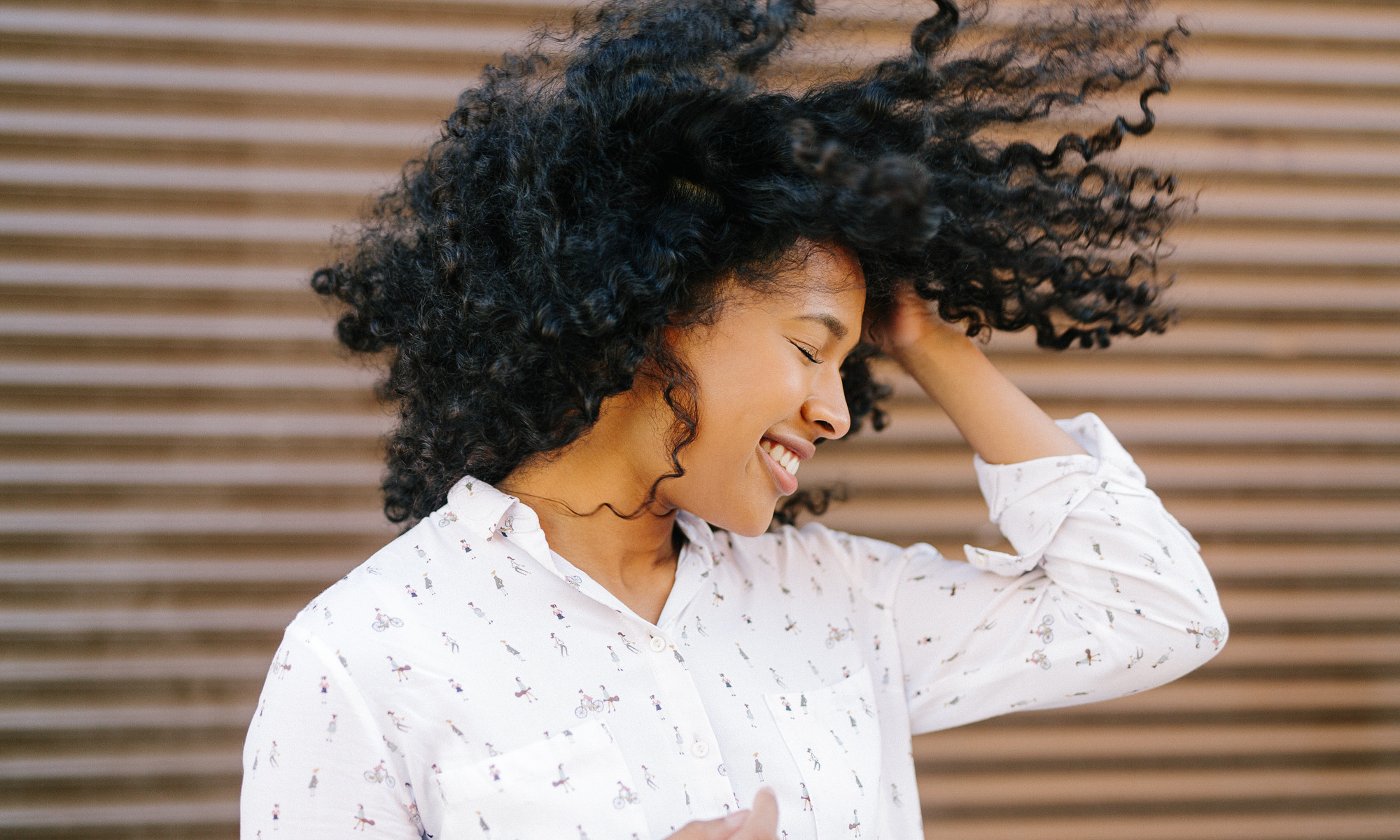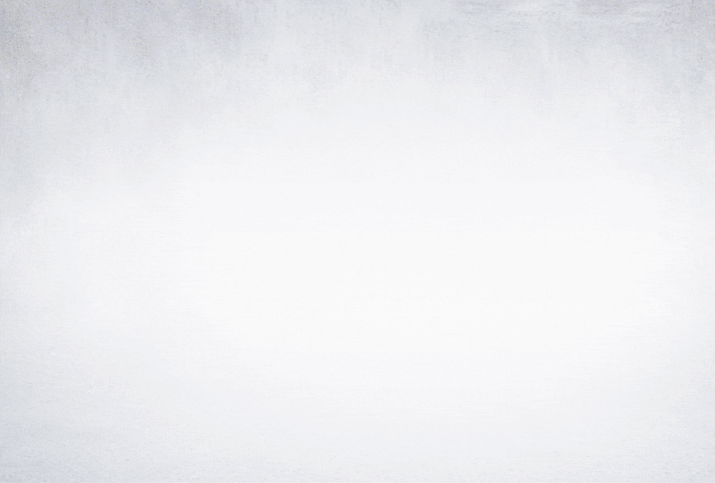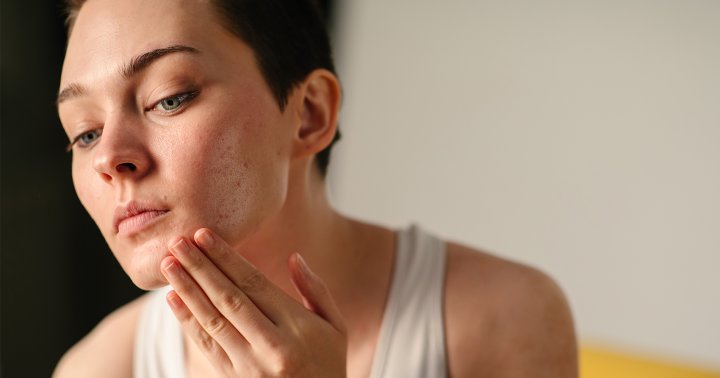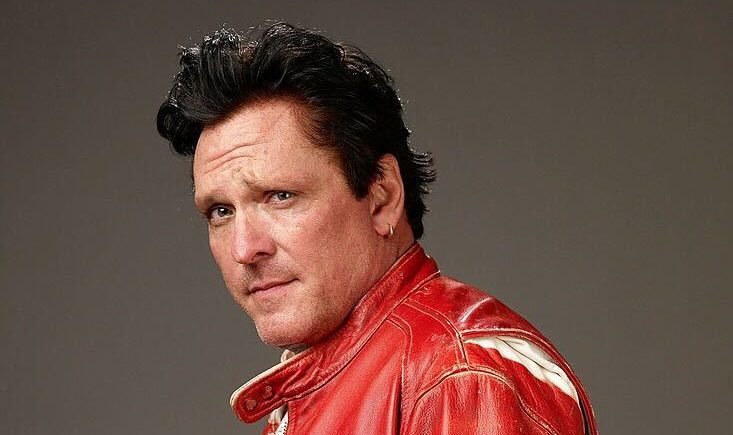Making Your Own Shea Butter Hair & Body Product Is Actually So Easy
A quick & easy DIY cream you'll love.


mbg Assistant Beauty Editor
mbg Assistant Beauty Editor
Hannah Frye is the Assistant Beauty Editor at mindbodygreen. She has a B.S. in journalism and a minor in women’s, gender, and queer studies from California Polytechnic State University, San Luis Obispo. Hannah has written across lifestyle sections including health, wellness, sustainability, personal development, and more.
Image by Youngoldman / iStock March 17, 2023 Our editors have independently chosen the products listed on this page. If you purchase something mentioned in this article, we may While modern technology has provided us with plenty of high-tech hair care products, some of the most effective ingredients are those that have been used for centuries. One example is the hair and skin-loving shea butter. You’ve probably heard of this ingredient before, but might not be familiar with just how powerful this all-natural hydrator really is, especially for the strands. To follow, the many benefits and how to whip up your very own hair recovery treatment. 
Advertisement
This ad is displayed using third party content and we do not control its accessibility features.
What is shea butter?
Shea butter is made from the fat extracted from the nuts of the Shea Tree, a plant native to West Africa (almost all of the shea butter used today still comes from this region). It, of course, has long been a staple for those with curly, coily, and kinky hair as it has tons of uses (not to mention: It's a great body hydrator, too).
Shea butter falls into a moisturizer category called an emollient, meaning it deeply nourishes the hair to create a softer, smoother texture. In fact, trichologist and founder of Colour Collective Kerry Yates calls it, “A super emollient,” because it’s rich in vitamins A and C as well, both of which contribute to bouncier hair.
Just taking a quick peek at the nutrient profile of the butter1 will show you just how healing it is: It contains several types of fatty acids that are naturally found to balance skin like linoleic, palmitic, stearic, and oleic fatty acids; it also contains vitamin E, a potent and oil-soluble antioxidant that can help fight free-radical damage; and triglycerides, which are known to help condition both skin and hair.
Hair benefits of shea butter:
If you add this ingredient to your hair care routine, you can expect the following effects to take place on your locks:
Advertisement
This ad is displayed using third party content and we do not control its accessibility features.
Other shea butter benefits.
We can’t talk about shea butter for hair without mentioning the many other benefits of this multi-use ingredient. Here are a few things to remember:
Advertisement
This ad is displayed using third party content and we do not control its accessibility features.
What hair types benefit from shea butter?
As we noted above, shea butter is ideal for curly and coily hair types. Anyone experiencing increased hair dryness or unusually rough texture will also benefit from applying the rich moisturizer to their strands.
However, “Fine hair users need to use it sparingly as too much can actually weigh the hair down which is not ideal,” Yates says. This doesn’t mean people with fine hair shouldn’t use the ingredient at all, but instead opt for it in a lightweight blend rather than on its own.
Can shea butter grow hair?
Given the amount of natural hair growth remedies out there, it’s only fair to wonder if this hydrator can do the same. While shea butter does condition the hair you already have, it won’t necessarily stimulate the scalp or encourage the hair follicle to grow at a quicker rate.
That being said, it can help you in your hair growth journey. In order to achieve longer hair, you’ll need to protect your strands from split ends, damage, and breakage—all of which shea butter can help with.
Advertisement
This ad is displayed using third party content and we do not control its accessibility features.
Whipped shea butter + how to make it.
Shea butter is quite dense on its own, which is why it’s commonly whipped up with other hydrating ingredients like botanical oils. You’ll want to follow that same method to make your own hair mask meets body butter DIY product—here’s how the process is broken down.
DIY whipped shea butter instructions.
Advertisement
This ad is displayed using third party content and we do not control its accessibility features.
If you’re going to use the whipped butter on its own as a hair mask, keep the following tips in mind:
How to use shea butter for hair.
Now if the DIY method isn’t for you, don’t worry. Shea butter is found in plenty of hair care products on the market today, especially in the following categories.
Hydrating shampoo.
Shampoo takes a toll on your hair, especially if you’re a frequent washer. To mitigate some of that dryness, look for shea butter in your shampoo. This rich emollient is often blended with surfactants to ensure the cleansing function doesn’t over-strip your hair.
If you have dry or coarse hair, make shea butter a regular ingredient in your cleansing routine. Otherwise, use your hydrating shampoo seasonally or whenever your hair craves a tad more moisture.
Conditioners & masks.
This step is where shea butter truly shines: Hair masks and conditioners. Use your raw shea butter as a hair mask or look for shea in your next product. Again, feel free to rotate in a heavier conditioner or mask rich in shea when your strands need it or use it every wash if your hair is on the drier side.
Leave-ins & styling creams.
You can even use shea butter in post-wash products like leave-in conditioners or styling creams. Especially for those with curly strands, the smoothing powers of shea will help enhance your natural curl or coil shape after your wash or between washes.
As mentioned before, shea butter will help protect your hair from heat as well, making it a great addition to any leave-in product you use before diffusing, blow drying, or styling your hair with hot tools.
FAQ
Is shea butter good for your hair?
Yes, shea butter is good for your hair. Shea butter falls into a moisturizer category called an emollient, meaning it deeply nourishes the hair to create a softer, smoother texture. In fact, Yates calls it, “A super emollient,” because it’s rich in vitamins A and C as well, both of which contribute to bouncier hair.
How long do you leave shea butter in your hair?
If you’re using whipped shea butter as a hair mask, leave it in for anywhere from 10 to 30 minutes before rinsing the butter out. For a deep conditioning treatment, leave it in overnight.
Do you put shea butter on wet or dry hair?
You can apply shea butter to both wet and dry hair, but you may have an easier time working it through your strands if your hair is damp, especially if you’re using raw whipped shea butter alone.
The takeaway.
Shea butter is a great ingredient to hydrate, smooth, and protect your hair. This rich moisturizer is best suited for curly and coily hair types but will benefit anyone prone to dryness or coarse texture as well. You can whip up your own, shop shea butter hair care products, and even use it on the body for its many skin benefits.

 JaneWalter
JaneWalter 
































